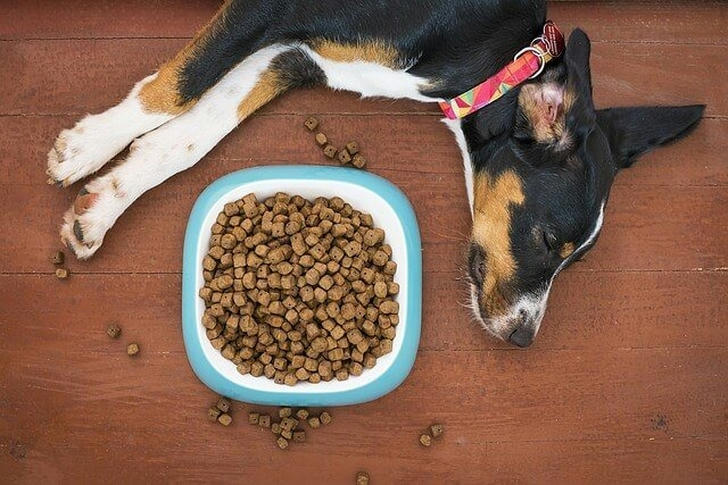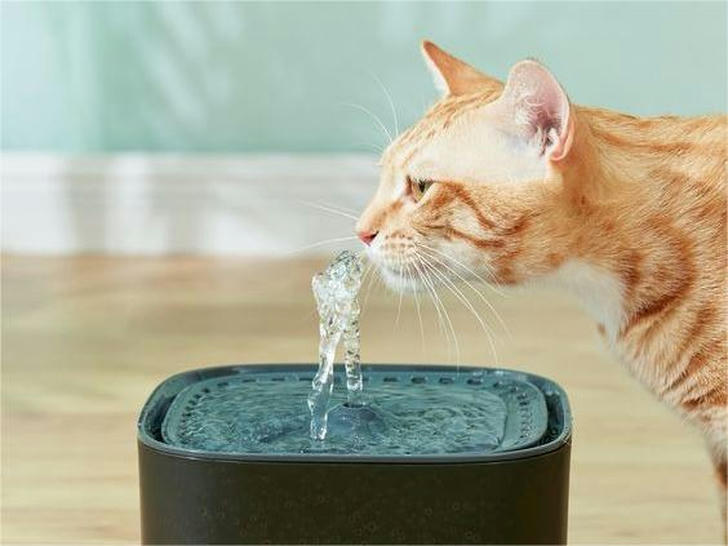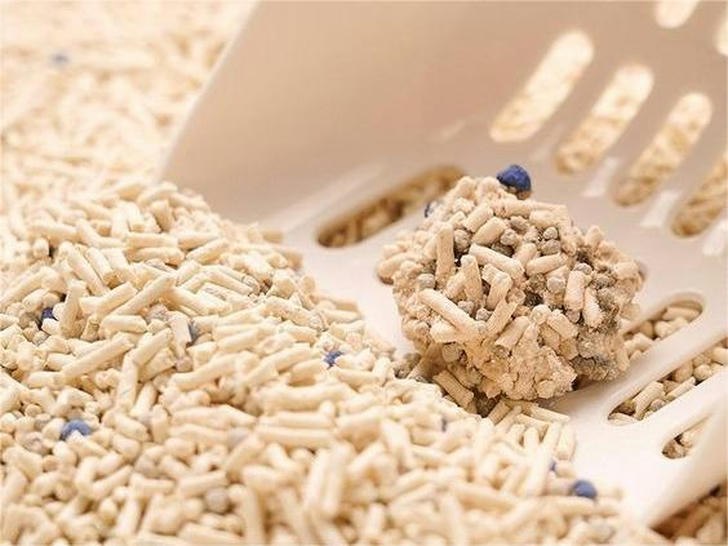How Common Feeding Myths Are Undermining Your Pet's Health
When it comes to caring for pets, diet is crucial. A pet's health and happiness depend largely on what they eat. However, many pet owners fall for common misconceptions when choosing their pets' food. These myths can negatively impact their nutrition and lead to health problems. This article explores three common dietary myths about pets and offers solutions to help owners manage their pets' diets more effectively.
Myth 1: Feeding Only Dry Food

Many pet owners believe that dry food is the only option because it is convenient and less likely to spoil. While high-quality dry food can provide essential nutrients, relying solely on it for long periods can cause nutritional imbalances. Dry food often lacks the vitamins and minerals found in fresh fruits and vegetables, which are important for a pet’s health.
For example, a dog fed only dry food may miss out on vitamin E, an important antioxidant. This deficiency can lead to skin problems, such as dryness and itching, and weaken the immune system, making the dog more susceptible to infections. Additionally, a lack of moisture can cause urinary health issues, especially in older pets.
To avoid this myth, owners should consider adding fresh fruits and vegetables to their pets' dry food. Carrots, spinach, and pumpkin can boost the nutritional content. For instance, blending cooked pumpkin into dry kibble can enhance fiber intake, aiding digestion and preventing constipation. Incorporating wet food can also help increase water intake and improve overall health.
One case involved a Labrador Retriever that was fed only dry food to manage its weight. The dog developed dry skin and hair loss. After a vet check-up, it was found to be lacking essential fatty acids and vitamins. The owner then added fish oil and fresh vegetables, like green beans and sweet potatoes, which significantly improved the dog's skin and coat health.

Another example is a Beagle fed exclusively dry food, which became lethargic and had a poor coat. After consulting a vet, the owner introduced a mix of dry and wet food along with various vegetables, including peas and zucchini. The Beagle's energy and coat condition improved dramatically within weeks.
Myth 2: Human Food Is Safe for Pets

Some owners share their food with pets, thinking it saves money and adds variety. However, many human foods can be harmful. Foods like onions, garlic, grapes, and chocolate are toxic to dogs and cats and can cause serious health issues. Some owners may think a small amount of chocolate is harmless, but bromine in chocolate can severely affect a dog’s heart and nervous system, potentially leading to seizures or even death.
For example, many believe that a small amount of onion won’t harm their pets, but the sulfides in onions can damage a dog's red blood cells, leading to anemia. Symptoms may not appear until days later, making it difficult for owners to connect the problem with their pet's diet.
To avoid this myth, owners should learn which human foods are safe and which are dangerous. Chicken, fish, and certain fruits like apples and blueberries are healthy treats for pets. Opting for scientifically formulated pet food ensures that pets receive balanced nutrition.
One cat owner shared dinner leftovers, thinking it was a fun treat. Eventually, the cat showed symptoms of vomiting and loss of appetite. A vet discovered the cat had ingested onions and garlic, which harmed its digestive system. After stopping the human food and switching to specialized cat food, the cat’s health improved significantly.
In another case, a dog owner thought sharing ice cream would be a nice treat. Unfortunately, the dog suffered gastrointestinal distress due to lactose intolerance. After a vet visit, the owner learned that many dogs should avoid dairy. The owner then found dog-friendly treats, like pumpkin-flavored biscuits, which the dog loved and digested well.
Myth 3: Neglecting the Importance of Water
Many owners focus on food and forget about water. Water is vital for life, and pets need adequate hydration to function properly. Dehydration can lead to serious health risks, such as kidney problems. For instance, a cat that doesn’t drink enough water may develop urinary infections or even kidney failure, which can be fatal if untreated. This is especially important for older pets.

Signs of dehydration include loss of skin elasticity, dry mouth, and dark urine. Some owners may ignore these signs until serious health issues arise. A pet that seems lethargic or has a decreased appetite could be dehydrated, yet the owner might think the pet is just tired or picky about food.
Ensuring pets always have access to fresh, clean water is essential. Owners can encourage drinking by changing the water frequently, using automatic dispensers, or adding pet-friendly broth. Many pets prefer running water, so automatic dispensers can motivate them to drink more. Additionally, wet food provides nutrition and moisture. One case involved an owner of an elderly dog that was picky about drinking water. After observing this, the owner purchased an automatic water dispenser, and the dog began drinking more. The increased hydration led to improved health and normal urine color.

Another example features a cat that was often dehydrated. The owner learned about hydration's importance and started incorporating wet food into the cat's diet while ensuring fresh water was always available. The cat's energy improved, and regular vet visits confirmed healthy kidney function, showing that proper hydration made a significant difference.
Conclusion
Understanding and avoiding these common dietary myths can lead to healthier diets for pets. It's important for pet owners to learn about their pets' nutritional needs, choose the right food, and ensure they get enough water. By managing their diet effectively, pets can lead healthier, happier lives. The examples shared in this article highlight the importance of balanced nutrition and the careful choices pet owners must make. Through ongoing learning and practical application, pet owners can improve their furry friends' lives.
